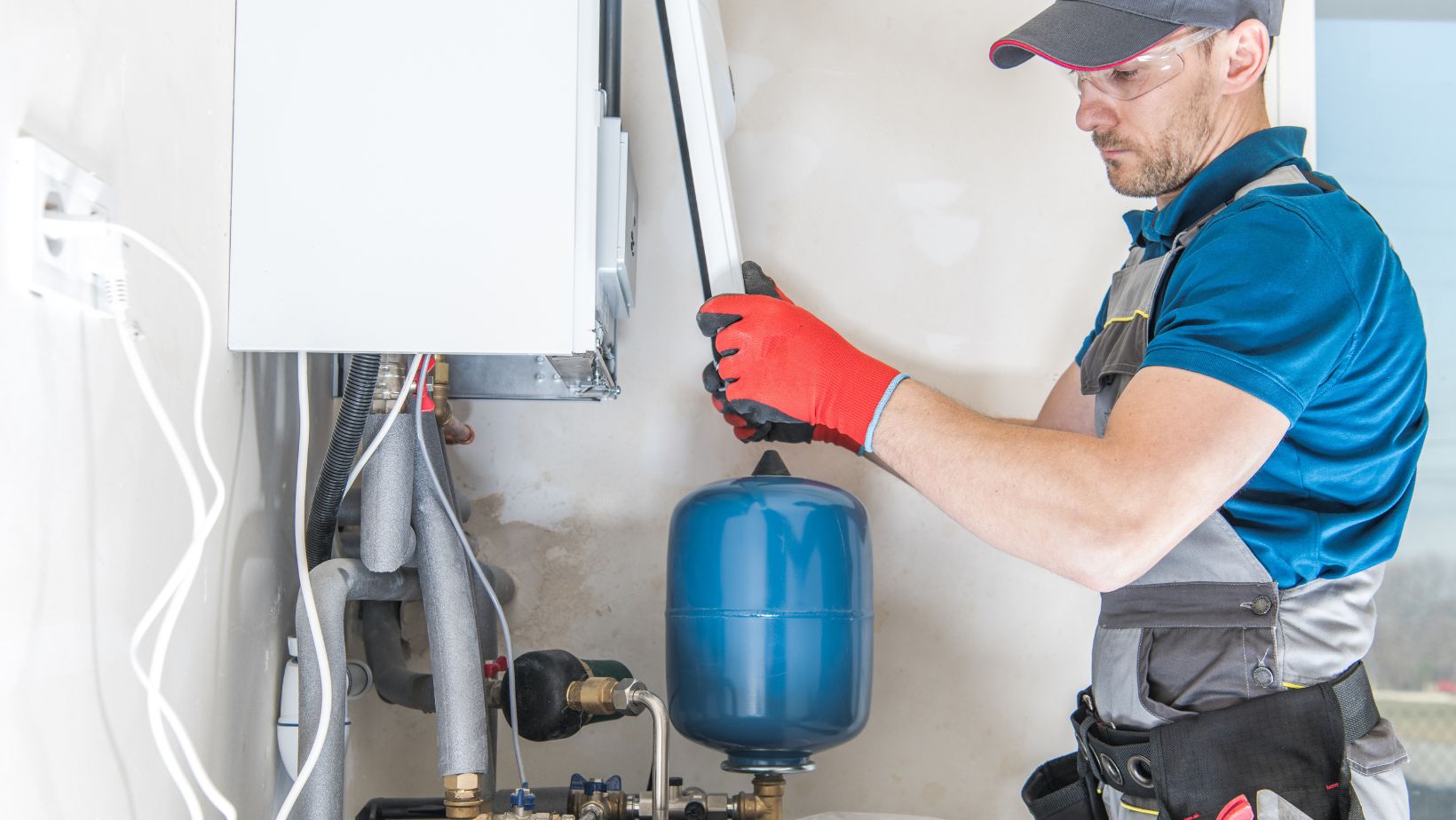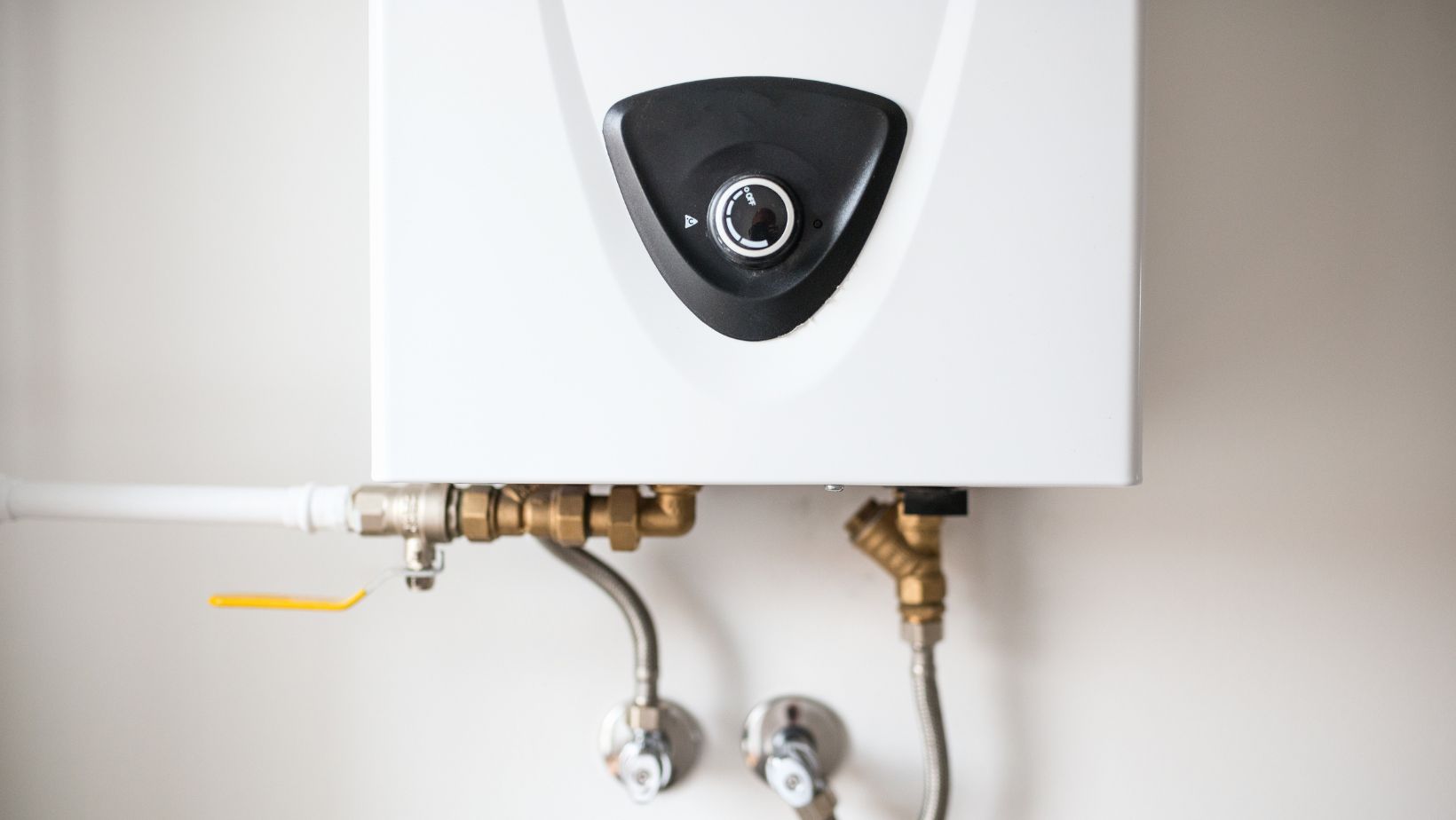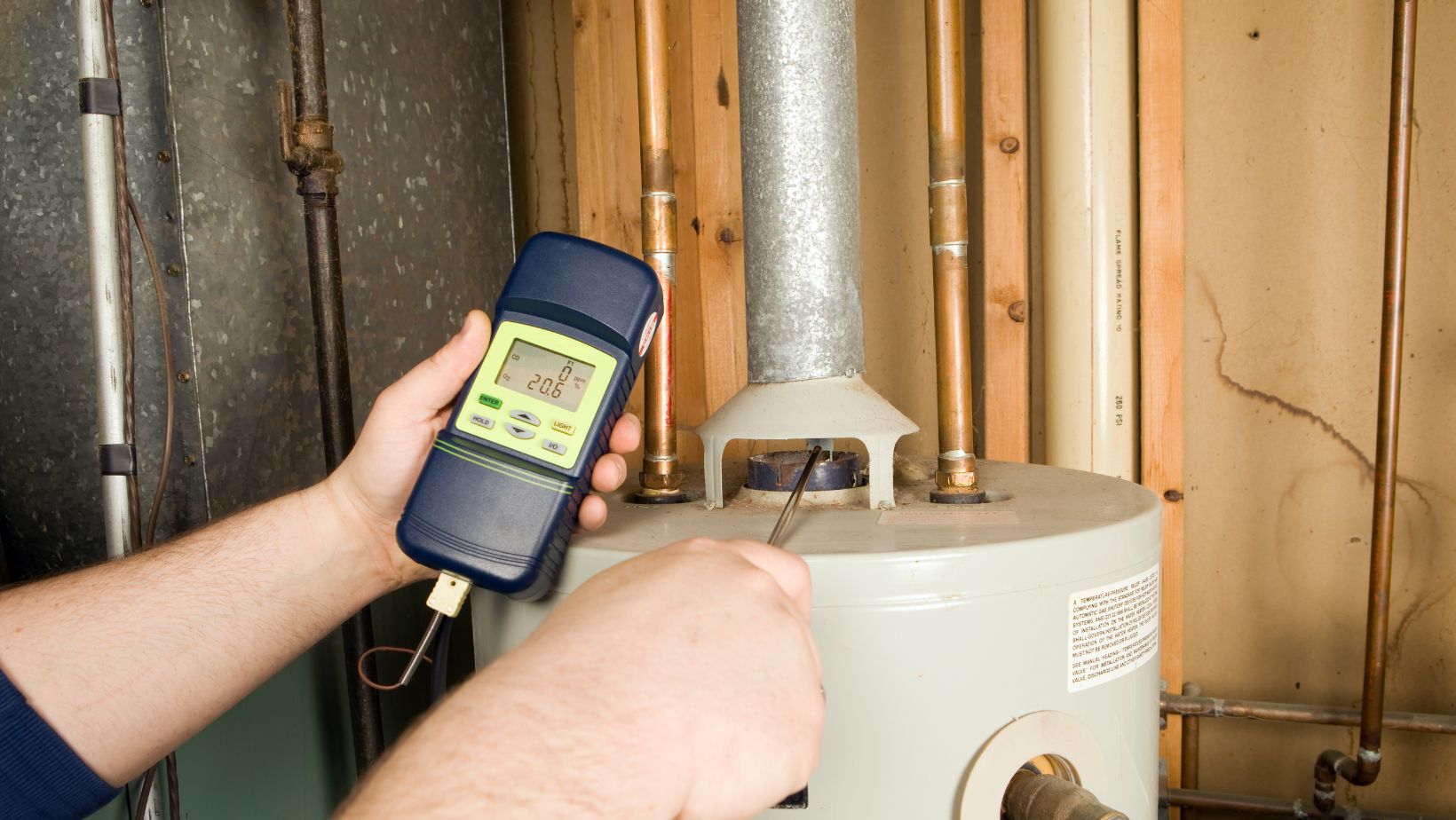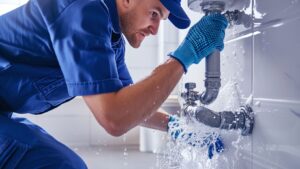Gas ducted heating is a great way to keep your home comfortable during the winter months. These whole-home systems are efficient, simple to install and they offer instant heat throughout your house.
The downside to gas ducted heating is that it can consume lots of energy. When you’re heating an entire home, it’s important that you’re maximising the efficiency and investing in ducted heater repairs.
Maintaining a gas ducted heater is relatively simple. In this article, we’ll discuss some tips on how to get the performance from your gas-ducted heater this coming winter.
How to Get the Performance From Your Gas Ducted Heater
1. Set the Thermostat to 20C
Setting your thermostat to 20C provides the best balance of performance and energy consumption. You can lower the temperature to 16C overnight when you’re rugged up under the covers.
If you’re still cold, try adding another layer of clothing before turning up the thermostat.
2. Close Doors, Windows, and Curtains
Excessive airflow makes it difficult for your heater to keep the home warm. You can close external doors and windows to prevent cold air from blowing into the home. Closing your curtains also helps to insulate windows and can minimise the amount of heat lost through the glass.
Modern gas-ducted heaters also include zoning controls. This allows you to decide which parts of the house to heat. You can minimise your energy usage by turning off unused zones and closing doors to those parts of the house. This can substantially reduce your heating bills.
3. Keep Grills and Vents Clean
In a gas ducted heating system, air is drawn up into the ductwork, passed through a heat exchanger, and then distributed throughout the house via ductwork. This naturally causes dust to build up on grills, vents and inside the ducts.
Build ups of dust can significantly decrease the performance of your system. Cleaning the inside of ductwork should always be left to a professional. However, you can use a vacuum cleaner to remove any dust, dirt and other debris from the vents in your ceiling.
4. Watch for Common Warning Signs
Gas ducted heaters require maintenance, just like any other appliance. Pay attention to how your gas heater operates and look for signs of these common problems:
- Uneven heating, or failing to heat – If your system is heating the home unevenly, failing to create heat, or if you notice uneven heating, it can be a sign of a thermostat failure.
- Strange smells – Gas heaters that run on LPG or natural gas should produce no odour. Must and mouldy smells may be caused by buildups of dust on the air filter or in the ductwork. If you smell gas, you should leave your house immediately and contact a professional.
- Strange noises – Unusual noises like clacking, banging or whining are a sign of mechanical problems. You can prevent further damage to the system by contacting a technician as soon as you notice these noises.
- System cycling on and off – Gas ducted heaters are designed to turn on when the temperature drops, and turn off when your house reaches the thermostat temperature. If your heater frequently turns itself on and off, it’s a sign of a thermostat failure.
- Unusually high energy bills – If your gas bill is looking larger than normal, this can be a sign that something is wrong with the system. This is usually due to inefficiency and poor maintenance. When a gas heater becomes clogged, it has to work harder to heat your home, causing it to consume more energy.
5. Replace Air Filters
Gas ducted heaters work by drawing air up through a vent and passing it through a heat exchanger. To prevent the heat exchanger from becoming clogged by dust and dirt, the incoming air is passed through a filter.
The air filter in your gas heater needs to be changed at regular intervals. Check your manufacturer’s instructions to see how often you need to do this. Most air filters need to be replaced at 6-12 month intervals.
Some types of air filters are also suitable for washing and reuse. If your filter is reusable, you can clean off any dust with a garden hose and mild soap. Leave the filter to dry in a shady spot, and then reinstall it in the heating unit once it’s dry.
6. Invest in Professional Maintenance
The best way to improve the performance of your gas ducted heater is to invest in professional maintenance.
Qualified technicians are able to inspect, test and service each part of your gas ducted heating. During their visit, they will perform a visual inspection of the ducts and vents, motors, heat exchanger and thermostat. They’ll also test the thermostat to make sure it works properly.
The biggest part of each service is cleaning. As part of their fee, the technician will clean any dust off critical components. This reduces strain on the system and ensures it’s always operating at peak performance.
Your technician can also spot small issues before they turn into costly repairs. Given that gas ducted heating is a big investment, paying for preventative repairs can save you tens of thousands in the long run.















